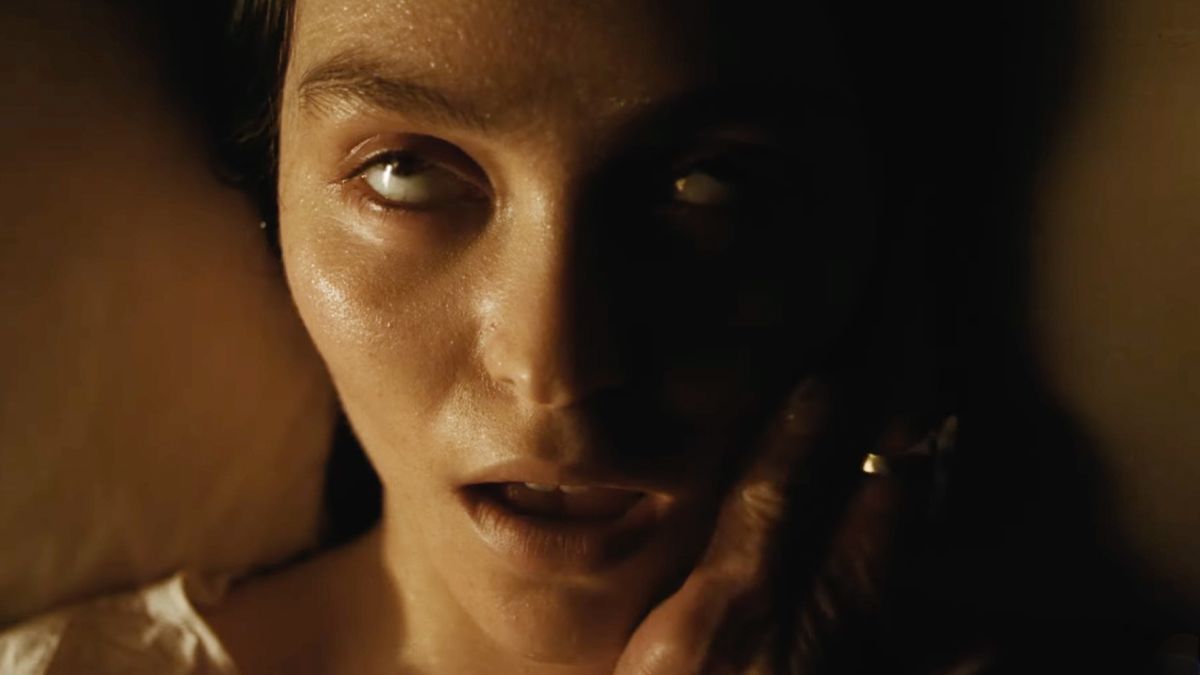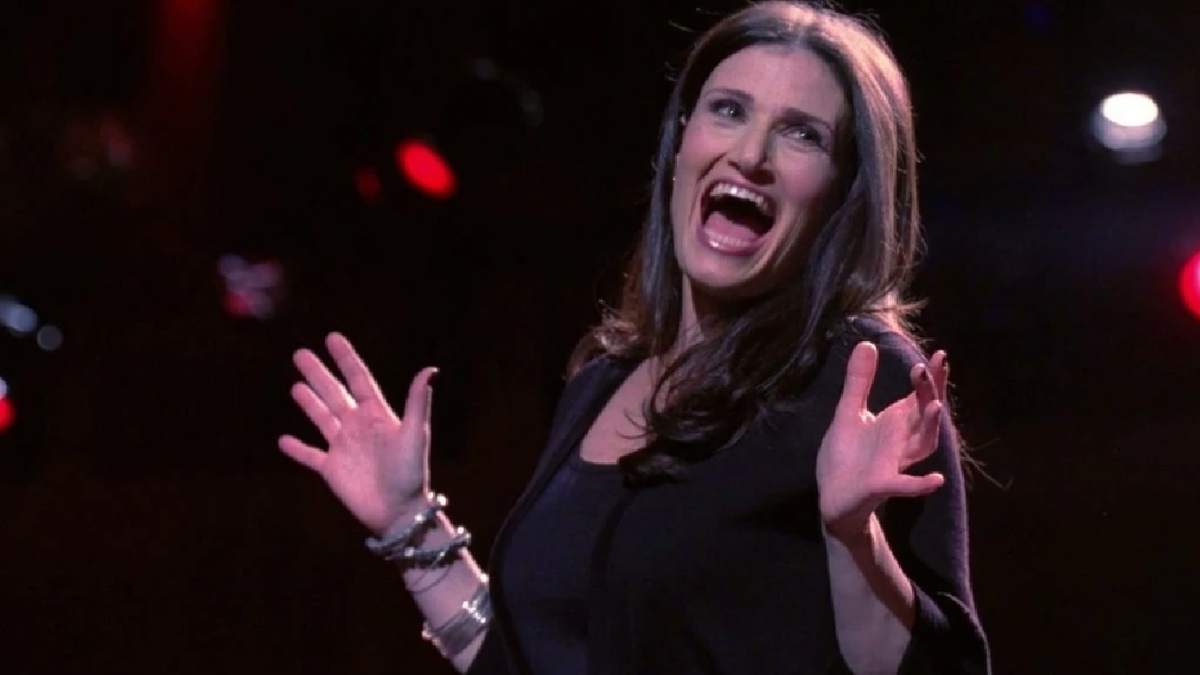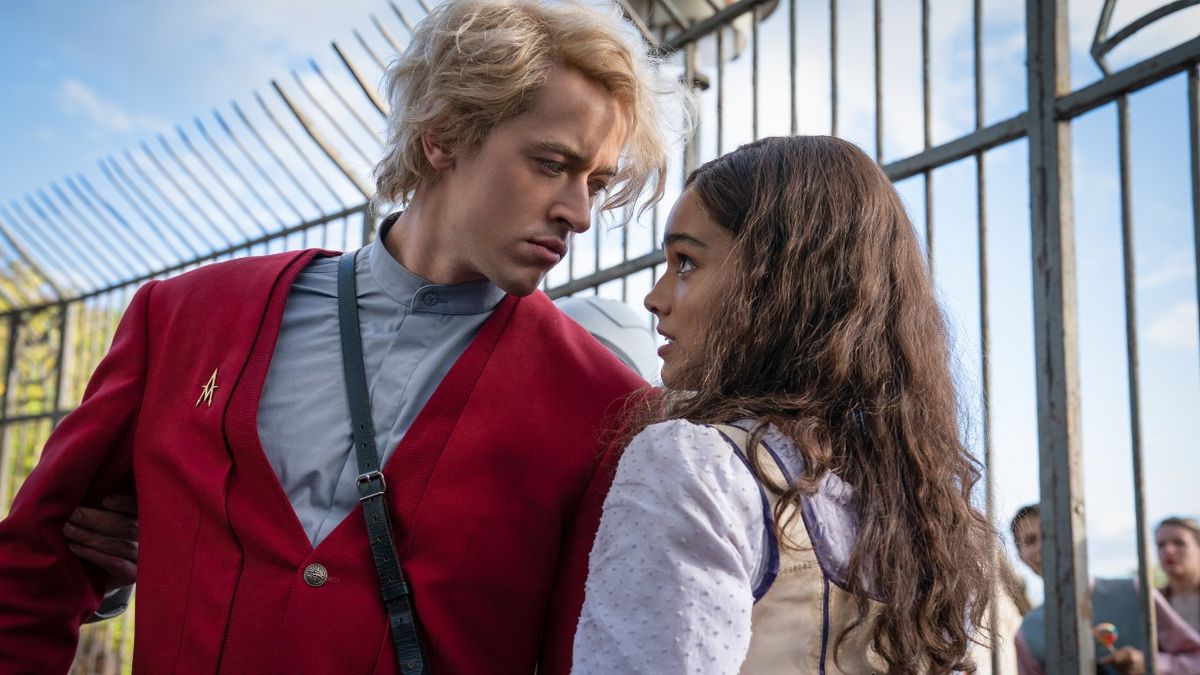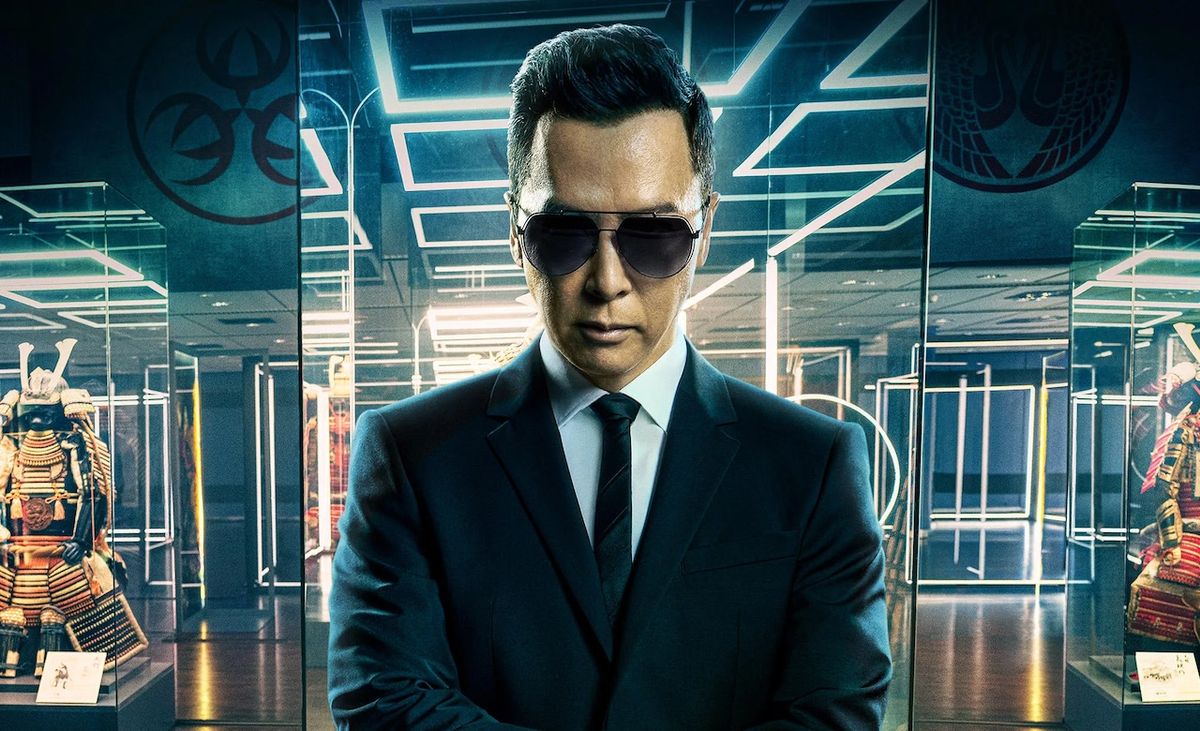I’m So Pumped About Nosferatu That I’m Even Loving These Comments About How Moonlight Was Created For The Horror Film
When it comes to the best horror movies, few titles carry as much weight as Nosferatu. Now, Robert Eggers’ upcoming reimagining of the silent film classic is right around the corner, and I’m totally hyped! That fandom has prompted me to soak in every bit of info on the flick that I can. So, needless to say, these comments about how the cinematographer created the moonlight in the upcoming horror film have me so pumped!
The eerie premise premise of the film does indeed have me buzzing, it’s also the sheer attention to detail that Eggers and his team are putting into Nosferatu that has me excited. Specifically, cinematographer Jarin Blaschke’s approach to moonlight in the film might be my new favorite obsession. In a recent interview with Deadline, Blaschke shared his painstaking method for recreating the eerie glow of moonlight on screen. And, of course, his take is as wonderfully meticulous as you’d expect:
Moonlight will never truly be believable unless you’re outside and front-lit by the moon, but then you won’t be able to see anything. … [In darkness, we can] only see up until cyan or so… there’s just something about cutting out the red and the yellow wavelengths that I just bought it more. Moonlight will always be too bright in movies, but that just gets me a little bit closer to the real thing.
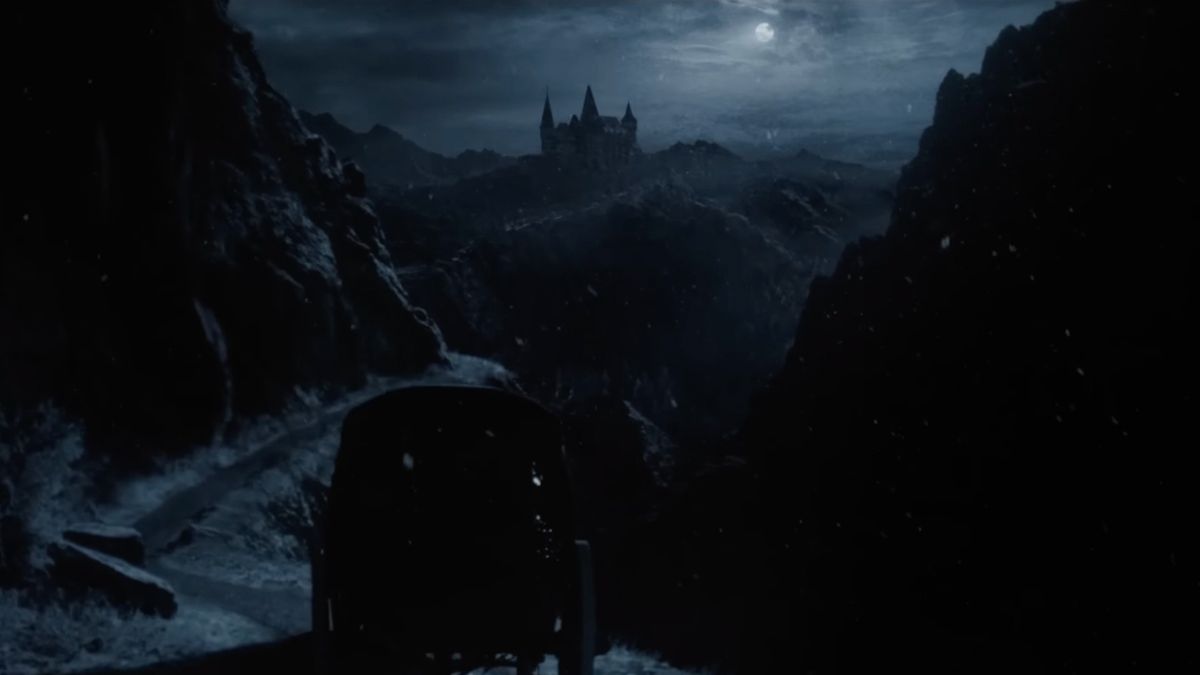
Let’s take a moment to appreciate the artistry here. Blaschke is out here worrying about wavelengths and cutting out red and yellow hues to create moonlight that feels authentic—not “movie moonlight,” but real moonlight—or as close as you can get when filming indoors or under controlled lighting conditions. His obsession with replicating nature’s most mysterious light source is a testament to the kind of care that goes into a Robert Eggers production–and their obsession is more than enough to make this horror hound geek out.
Moonlight is a quintessential element of gothic horror. It’s the silent witness to creeping shadows, blood-curdling transformations, and those haunting moments when one of our characters realizes they’re not alone—but achieving moonlight’s specific mix of dimness and clarity? That’s next-level dedication.
Jarin Blaschke’s insights underscore the delicate balance between artistic vision and practical constraints in filmmaking. While using actual moonlight would leave scenes too dark to see, and “day-for-night” techniques used in Nope and other movies often result in unnatural shadows and an unrealistic look, the Nosferatu team found a creative middle ground. By carefully adjusting lighting to mimic the subtle hues of moonlight, they crafted an eerie, atmospheric realism that resonates with audiences on a subconscious level.

Eggers and Blaschke aren’t just going for aesthetics—they’re aiming to immerse us in a world that feels raw, tactile, and unnervingly real. If they’re taking this much care with moonlight, imagine the level of detail we can expect for the film’s shadowy interiors, fog-drenched landscapes, and Bill Skarsgård’s chilling Count Orlok.
If the first public reactions to Nosferatu are any indication, then the meticulous attention put into every aspect of the production is paying off. The critics who’ve already seen the forthcoming vampire flick have been sinking their teeth into it, calling it a “horrifically brilliant” remake. So order your coffin popcorn buckets and your tickets because the film drops on the 2024 movie schedule on December 25th.

